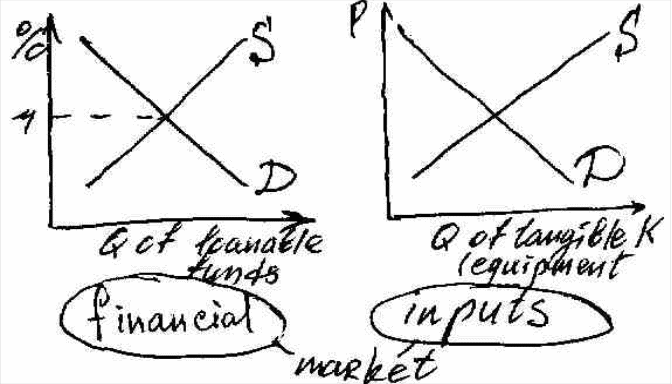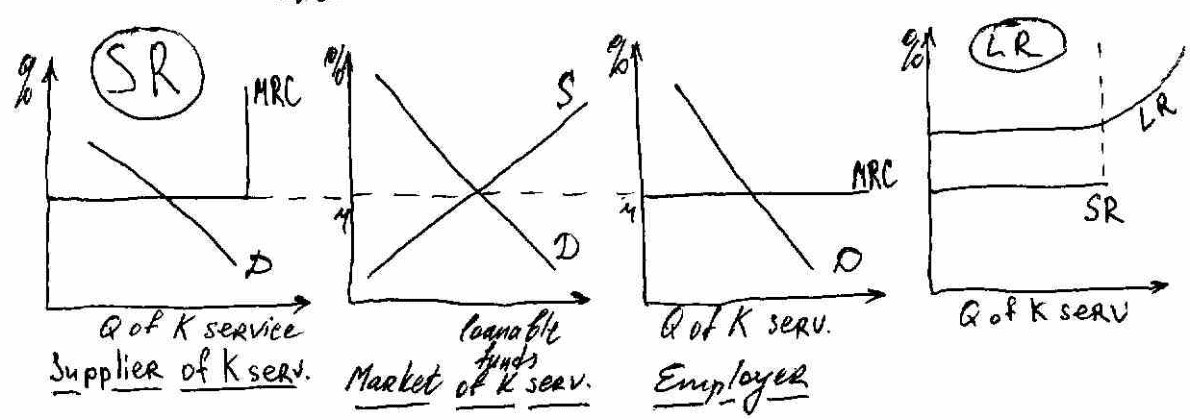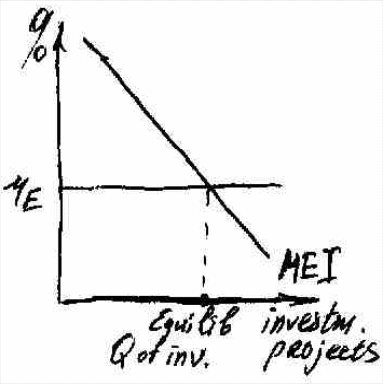
- •Price and output determination under the perfect competition. Profit maximization under perfect competition. Firms behavior under perfect competition.
- •Basic characteristics of perfect competition.
- •T otal notions approach to profit max of a firm.
- •A verage and marginal notions approach to profit max of a firm.
- •The behavior of the firm under perfect competition.
- •Equilibrium of the firm in the lr.
- •Profit maximization under monopoly.
- •Monopoly:
- •Dem. And mr of the monopolistic firm.
- •The behavior of the firm under perfect competition.
- •Last week was said!!!
- •Equilibrium of the firm in the lr.
- •Profit maximization under monopoly.
- •Monopoly:
- •Dem. And mr of the monopolistic firm.
- •Oligopoly.
- •The basic characteristics of an oligopoly:
- •Explicit collusions:
- •Rules of thumb models.
- •Kinked d-curve. Assumptions:
- •Maximax strategy (optimistic approach). Ex:
- •Cournot model / duopoly (2 firms in industry) 1830s.
- •Isoprofit curve and the reaction function of firm 2.
- •Isoprofit curve and the reaction function of firm 2.
- •Market equilibrium in different market structures.
- •Algebraic explanation of the Cournot model.
- •Stackelberg model (quantity leadership model).
- •Contestable markets model.
- •Oligopoly and public.
- •Monopolistic competition.
- •Major characteristics:
- •Lr equilibrium
- •Minuses”-”.
- •Derived dem. For ec. Resources.
- •Equilibrium of the firm on the resource market.
- •Sr equilibrium:
- •Lr equilibrium(all factors are variable):
- •Wage determination under Perfect competition.
- •Wage determination under imperfect competition.
- •The theory of distribution of income II. Capital(k) and Land.
- •Concepts of capital.
- •Measuring k.
- •How does the firm invest?
- •Sell bills/bonds to the households.
- •Sr rentals include:
- •Demand and Supply for k purchase.
- •Fairness and effectiveness
- •Inequality in income and wealth distribution
- •Distr. Of income and wealth characteristics:
- •Pareto efficiency and Edgeworth box.
- •Edgeworth box
- •Pareto efficiency allocation:
- •P rinciple possibility of losses compensation.Icks
- •There are positive and negative external effects, divided into 4 groups:
- •Taxes (Pigourian taxes)
- •Sell the right to pollute for example.
- •Public goods –
Measuring k.
Though K isn’t identical to money, still the stock of K is measured in money terms.
K is a stock concept (Measured at a certain date).
Analyzing K we introduce the notions of Investment and depreciation both are flow concepts.
Investment is a flow that increases the stock of K. 3 major reasons:
Inv occurs when e.g. a firm buys new equipment.
This happens as equipment wares off and is to be replaced.
Inv takes place, when the firm needs to innovate and expand.
Depreciation is the opposite flow, which decreases the economic value of an asset over time.
How does the firm invest?
Ask for a loan. Demand the loanable funds and may get them the financial market. The households supply loanable funds to the market, as they make decision to save. So, another way is to:
Sell bills/bonds to the households.
A
 s
K exists over time, it’s possible to separate K services. Buying
equipment
purchase of K, but if you hire it (lease) you use one of K
services.
s
K exists over time, it’s possible to separate K services. Buying
equipment
purchase of K, but if you hire it (lease) you use one of K
services.
DCapital
Equipment
Owner Can
It brings
Use in production
Sell it
Hire it out
Profit
Price of equipment
Rentals
 emand
and Supply for K services.
emand
and Supply for K services.
Sr rentals include:
Depreciation
Repairing and maintenance costs, as to rent equipment a firm needs to keep it in good condition.
LR rentals include also the third component: opportunity cost of buying additional equipment.
Demand and Supply for k purchase.
The case when equipment is bought by investors. Equilibrium: MRPK = MRCK.
Costs are born now, but benefits will be received later. How to compare the benefits/costs of different periods? A discounting technique is used.
E.g.:
Money |
Interest Rate |
X =100 (today) 110 121 R=133,1 (3 years from now) |
10% 10% 10% etc… |
133,1 3 years from now, is exactly the same as 100 today. To compare future and today’s $, we need to take them to the same basis.
 t –time. r – discount rate.
t –time. r – discount rate.
Another method to analyze the efficiency of investment is to use the notion of the Internal Rate of Return(IRR). IRR – rate of discount, at which NPV=0.
 MEI
Marginal Efficiency of Investments
determines the Demand for inv. Inversely related to r, as r is the
opportunity cost of investment:
MEI
Marginal Efficiency of Investments
determines the Demand for inv. Inversely related to r, as r is the
opportunity cost of investment:
If you have your own money. If you put it in a bank, you receive interest. If you invest – you get profit. But if you invest, you lose interest – it is the opportunity cost of investment.
If you need $ to invest. You take it from a bank as a loan and pay interest. It is the direct cost for investment.
Land.
In every country Q of land is fixed =>
![]()
capitalized rent.
capitalized rent.
It shows, what sum of $ should be put in a bank in order to receive the interest, equal to the annual rent (at a given market interest rate).
